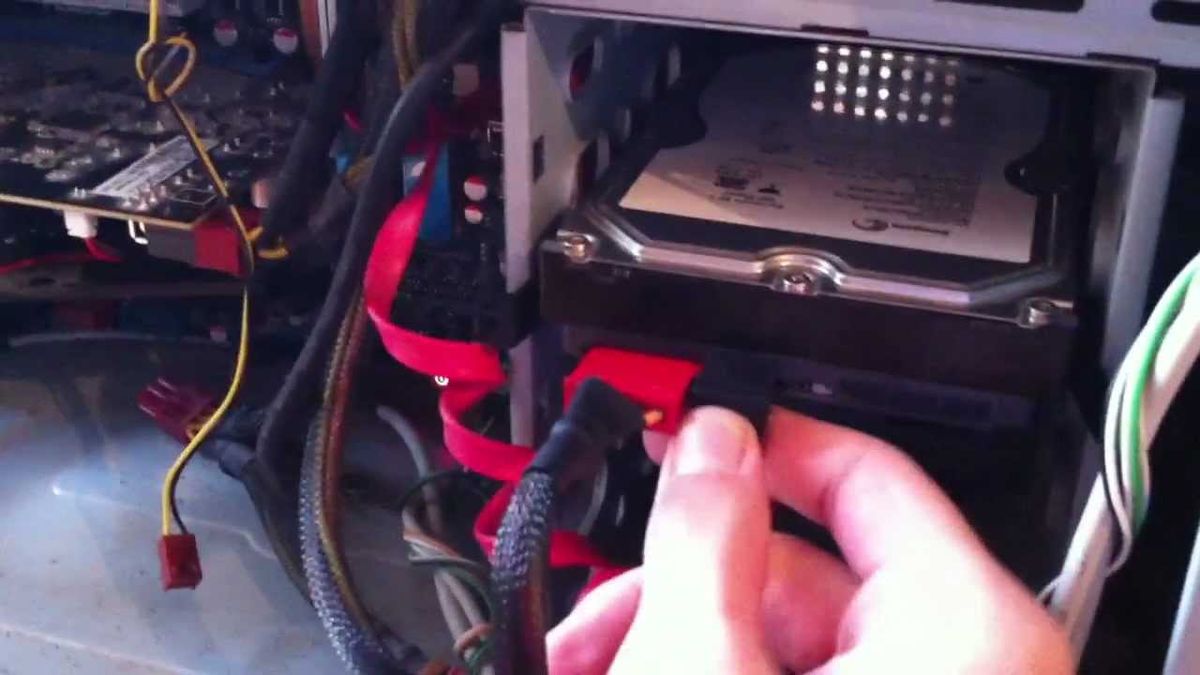If you see reboot and select the appropriate boot device message on PC boot process, you know it’s annoying, but no worries cause we will tell you how to fix “Reboot and seloect the appropriate boot device” error.
Why do I see “Reboot and select the appropriate boot device” error message?
This error is due to corrupt system files, incorrect boot order, or hard drive failure. These are just some of the common causes of this error in Windows. This error appears when booting Windows and even if you restart your computer, it will fail to boot as you will encounter a black screen with an error message:
Reboot and select the appropriate boot device OR insert the bootable media into the selected boot device and press a key.
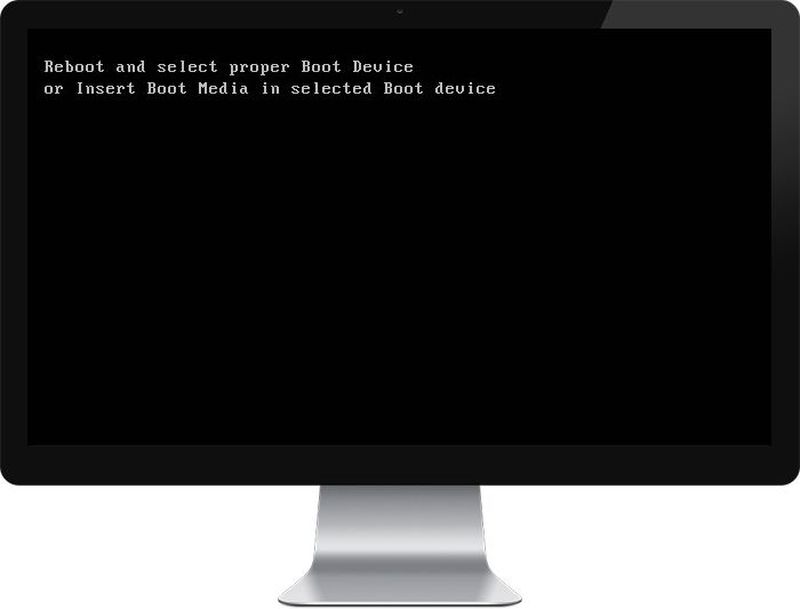
In some cases, even replacing the faulty hard drive doesn’t seem to fix the problem, but don’t worry here at Troubleshooter, we have listed some possible solutions that will help you fix this problem easily.
How to fix “Reboot and select the appropriate boot device” error?
Set the correct boot order
You may get the error “Reboot and Select a proper Boot device” because the boot order is not set correctly, which means that the computer is trying to boot from another source that does not have an operating system and therefore cannot boot. To fix this problem, you must set the hard disk as the top priority in the boot order. Let’s see how to set a proper boot order:
- When the computer boots up (before the boot screen or the error screen), press repeat
error screen), repeatedly press the Delete key or the F1 or F2 key (depending on the computer manufacturer) to enter the BIOS setup. - Once you are in the BIOS setup, select the Boot tab from the list of options.
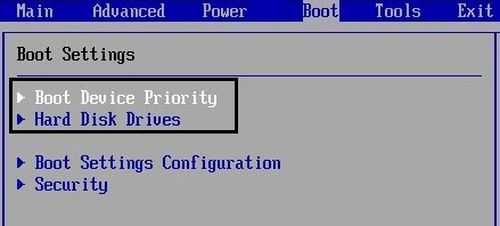
- Now make sure that the computer’s hard drive or SSD is set to top priority in the boot order. If it is not, use the up or down arrow keys to set the hard drive to the top, which means that the computer will boot from it first and not from any other source.
- Finally, press F10 to save this change and exit. This should have the reset button fixed and select the appropriate boot device problem, if not, continue.
Check if the hard drive is damaged or failed
If the above method was not of any help, then there is a possibility that your hard drive is damaged or corrupted. In either case, you should replace your old hard drive or SSD with a new one and install Windows again. But before jumping to any conclusions, you should run a diagnostic tool to check if you need to replace the hard drive or SSD.

To run Diagnostics restart your PC and as the computer boots up (before the boot screen), press the F12 key and when the boot menu appears, highlight the Boot to Utility Partition or Diagnostics option and press enter to start diagnostics. This will automatically check all hardware on your system and report if any problems are found.
Recommended: Fix bad sector problems with the hard disk using Hiren Boot.
Check if the hard drive is properly connected
In 50% of the cases, this problem is due to a faulty or loose hard drive connection, and to make sure this is not the case, you need to check your PC to see if there is any kind of fault in the connection.
Important: It is not recommended to open the case of your PC if it is under warranty as it will void your warranty, a better approach, in this case, would be to take your PC to the service center. Also, if you do not have any technical knowledge, do not mess with the PC, and be sure to find an expert technician who can help you check for a faulty or loose hard drive connection.
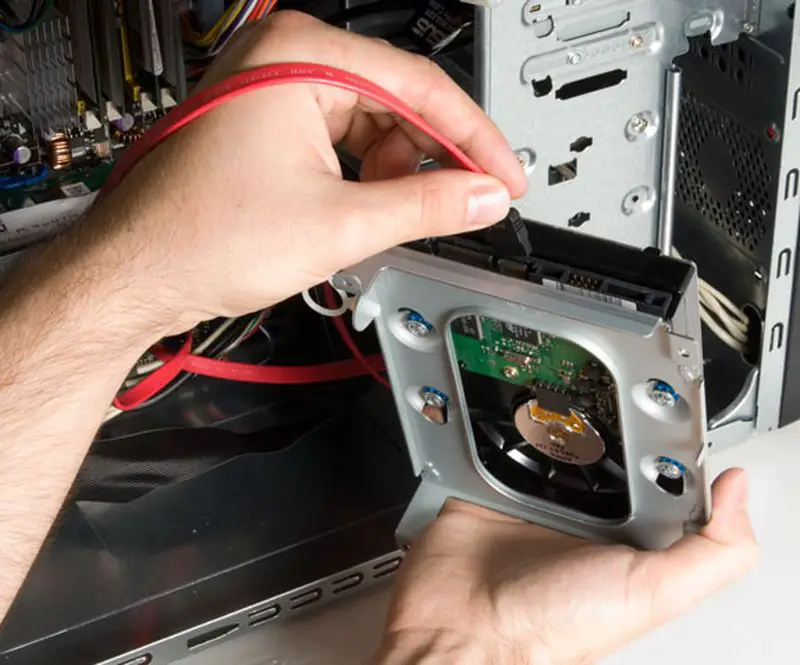
Once you have verified that the hard drive connection is correct, reboot your PC and this time you may be able to fix the reboot and select the appropriate bootable device problem.
Execute automatic boot/repair
- Insert the Windows 10 bootable installation DVD and reboot your PC.
- When prompted to press any key to boot from CD or DVD, press any key to continue.
- Select your language preferences and click Next. 4.Click Repair your computer at the bottom left.
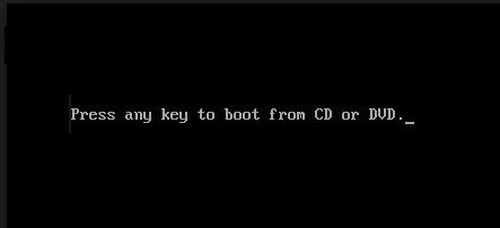
- On the option selection screen, click Troubleshooting.
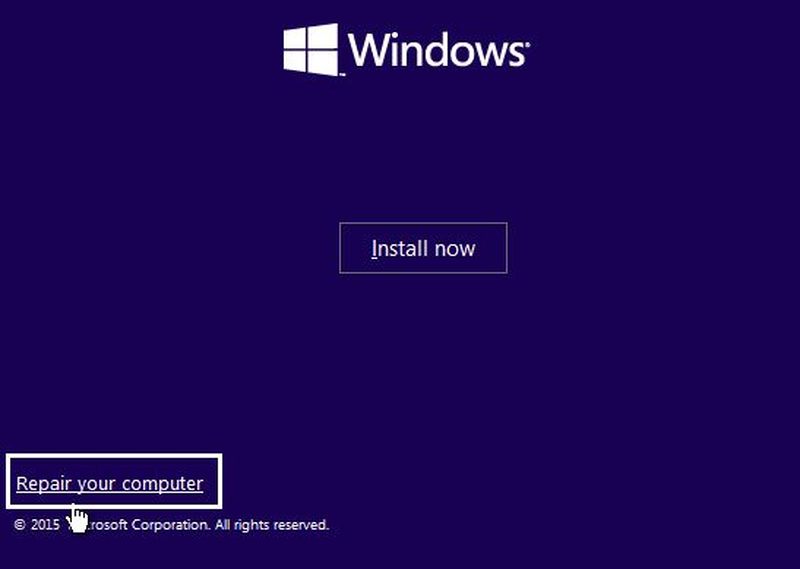
- On the Troubleshooting screen, click the Advanced option.
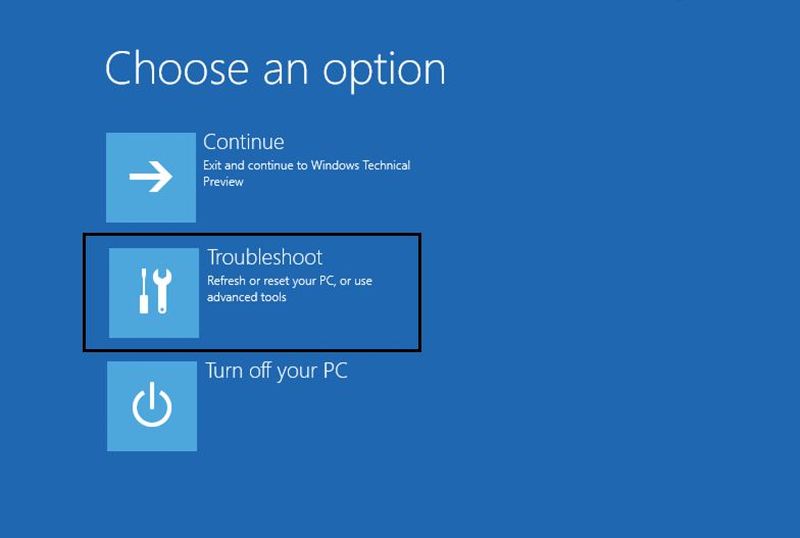
- On the Advanced options screen, click Auto Repair or Startup Repair.
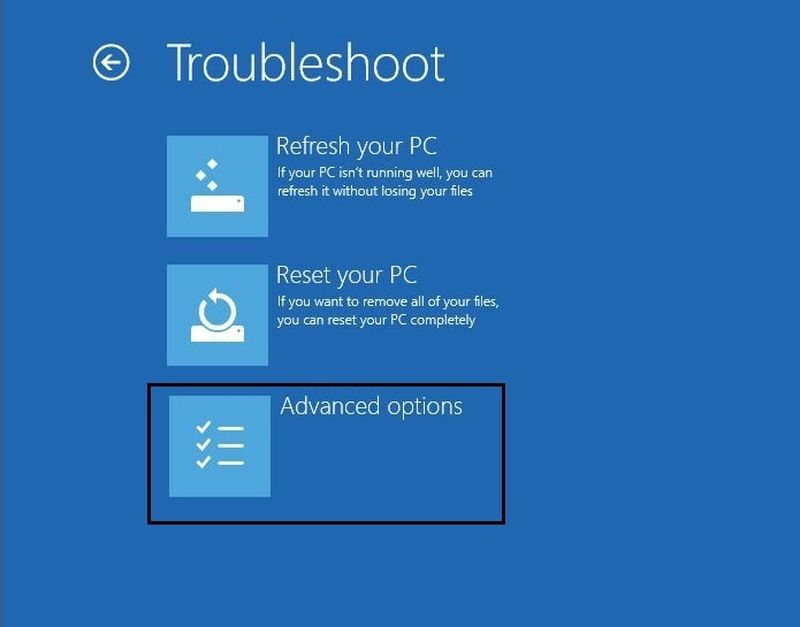
- Wait for the Windows automatic startup repairs to complete.
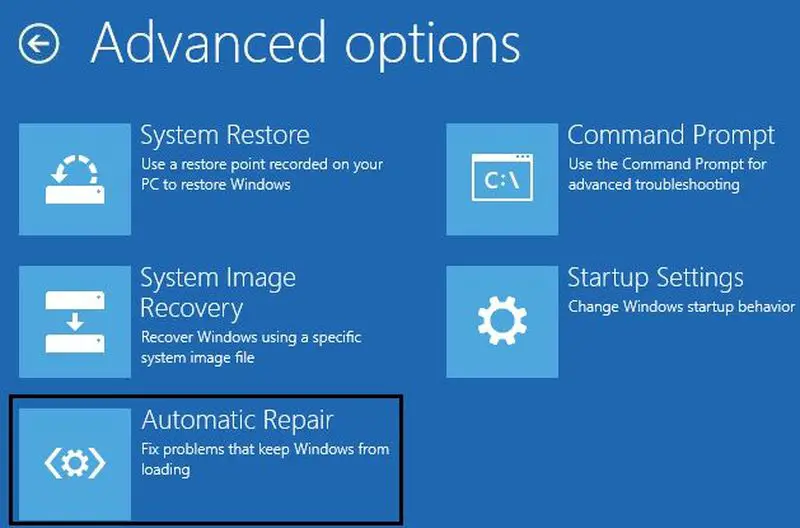
- Reboot and you have solved the problem of rebooting and selecting the appropriate boot device, if not, continue.
Also, read How to repair automatic repair failed to repair your PC.
Enable UEFI Boot
- Restart your PC and press F2 or DEL depending on your PC to open Boot Setup.
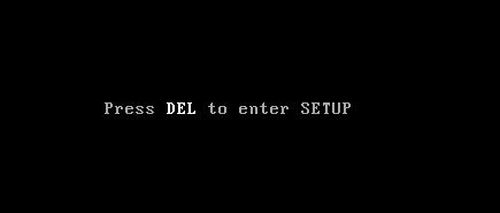
- They make the following changes.
Change the boot list option to UEFI Disable the legacy ROM load option Enable secure boot.
- Then press F10 to save and exit Boot Setup.
Change the Active Partition in Windows
- Open cmd again using the Windows installation disk.
- Type the following command in cmd and press enter after each one:
Note: Always mark the System Reserved Partition (usually 100MB) active and if you do not have a System Reserved Partition, mark the C: Drive as the active partition.
DiskPart list disk select disk 0 list partition select partition 1 active output.
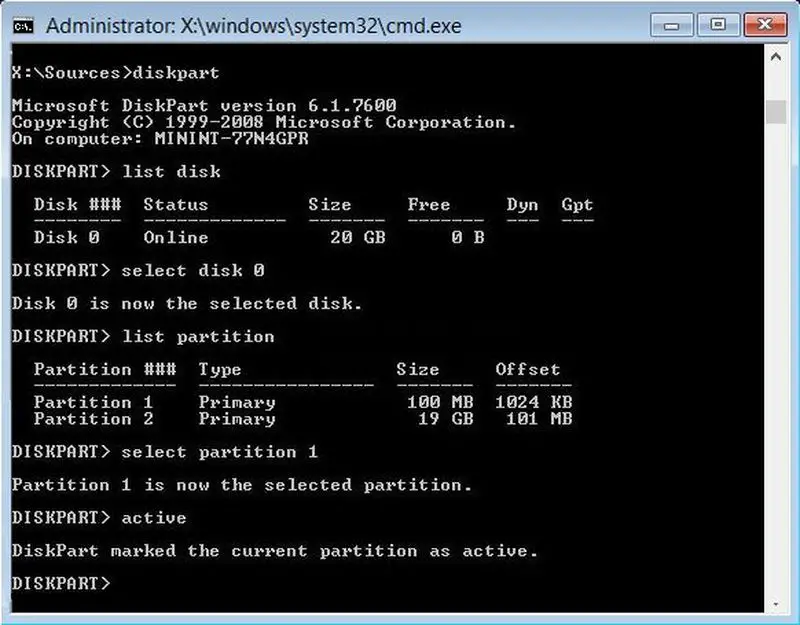
- Close the command prompt and restart your PC. In many cases, this method was able to fix the reboot problem and select the proper boot device.
Also, see How to fix BOOTMGR missing Windows 10.
Repair Install Windows 10
If none of the above solutions work for you, then you can be sure that your HDD is fine, but you may see the error “Reboot and select the appropriate boot device or insert the bootable media into the selected boot device and press a key” because the operating system or BCD information on the HDD has somehow been erased. Well, in this case, you can try to repair the Windows installation, but if this also fails, then the only solution left is to install a fresh copy of Windows (Clean Install).
That’s it, you have successfully fixed the boot device problem, but if you still have any questions about this post, feel free to ask in the comments section.

